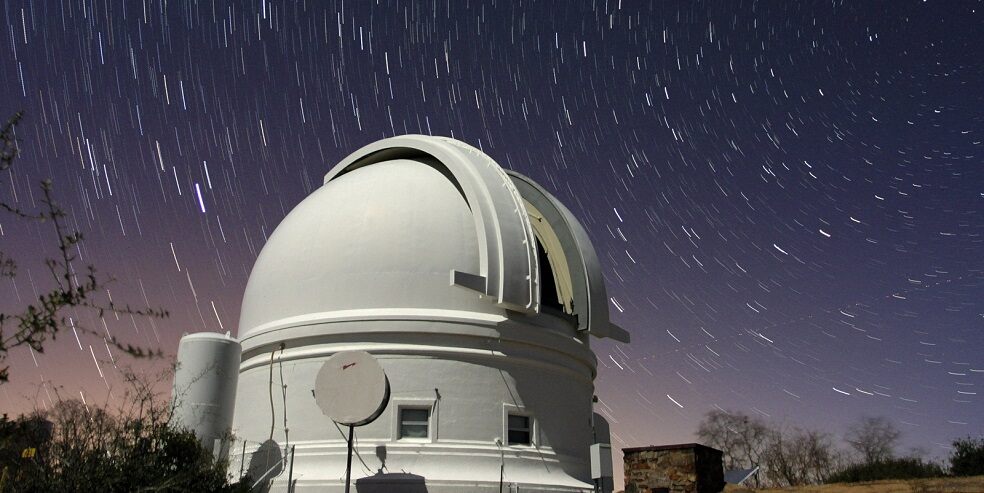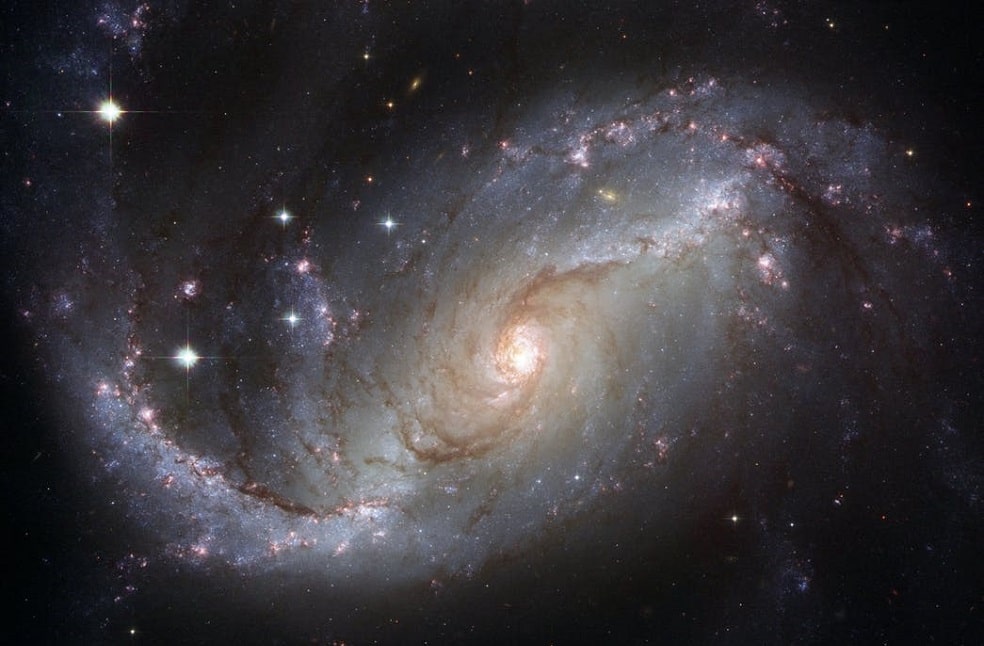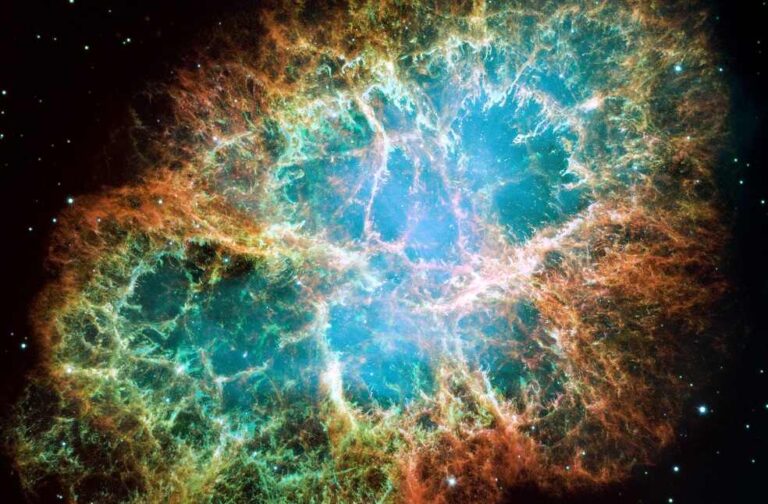United States: Artificial intelligence (AI) has independently discovered a supernova without human involvement.
A group of scientists from around the world created a new AI tool called Bright Transient Survey Bot (BTSbot). They used over 1.4 million images from almost 16,000 sources to teach their machine-learning algorithm.
According to Northwestern University, the new system automates the whole process of discovering exploding stars. This not only removes mistakes made by humans but also significantly speeds up the process, as per the statement.

“Ultimately, removing humans from the loop provides more time for the research team to analyze their observations and develop new hypotheses to explain the origin of the cosmic explosions that we observe,” Northwestern astronomer Mr. Adam Miller, one of the lead researchers in the development of BTSbot remarked.
BTSbot found a recently discovered supernova called SN2023tyk using data from the Zwicky Transient Facility (ZTF). ZTF is a robotic camera in California that surveys the northern sky every two days.
Just to give you an idea of the speed, ZTF captured the cosmic explosion in the night sky on October 3, 2023. Two days later, on October 5, 2023, BTSbot detected the supernova in ZTF’s data. After reaching out to other robotic instruments and confirming the findings, BTSbot categorized the event as a Type Ia supernova, making the announcement to the public on October 7, 2023.

Supernovae are powerful and luminous occurrences, but they’re relatively rare and not easy to notice. The usual detection methods require astronomers to manually review extensive data from automated telescopes, which constantly survey the night sky for any new light sources.
The current method is quite slow, and it’s believed that astronomers have identified only a small portion of all the supernovae that happen in the Universe.
BTSbot took the initiative and requested the Spectral Energy Distribution Machine (SEDM), another robotic instrument, to thoroughly observe the possible supernova and gather its spectrum. SEDM then forwarded this spectrum to Caltech’s SNIascore (developed by Fremling) to determine the supernova’s classification.

Being able to scan the night sky for new objects in a faster and better way could lead to the discovery of numerous new supernovae. BTSbot could relieve astronomers from the time-consuming task of searching, allowing them to concentrate on interpreting the data and offering important insights into how stars and galaxies evolve.



